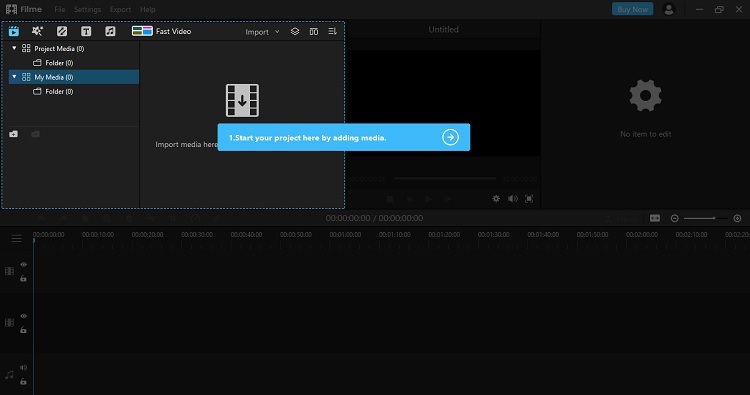
This process is not straightforward because you have to manually compile a C/C++ library with help of the Android NDK. Unfortunately, to use FFmpeg in an Android App using Kotlin you have to compile and build the libraries to use them as a dependency in your project.

You do not have any limitations on what to do with multimedia when using FFmpeg. FFmpeg supports different tools that can be used to develop an application to manipulate any kind of media to the desired output. What is FFmpegįFmpeg is a great multimedia framework that is able to mux, demux, decode, encode, transcode, filter, stream, and play most media content that exists. Furthermore, I have developed a sample application and library that can be used to trim and crop videos with an Android device. After reading this article you should be able to use it in your own applications. I try to summarise the most important basics that you need to know to manipulate videos with FFmpeg. Even if you are a beginner you should be able to follow the steps to achieve the desired results. In this tutorial, you will learn how to crop and trim videos in Android by using FFmpeg. Normally FFmpeg is used from the command line, to use it correctly in Android you have to understand its underlying APIs and how to use them.

One way to implement this functionality is by using FFmpeg a free open-source suite of tools that can perform a wide range of tasks, from video converting to editing. Cropping and trimming videos is a notoriously difficult task to achieve on Android.


 0 kommentar(er)
0 kommentar(er)
